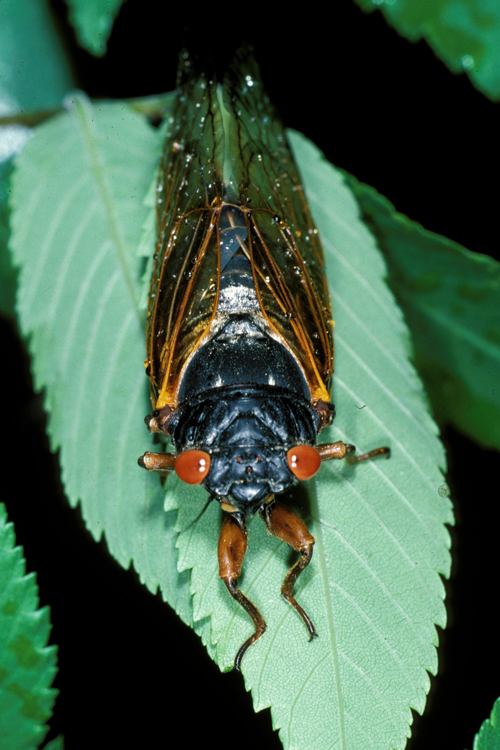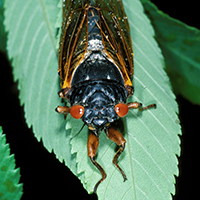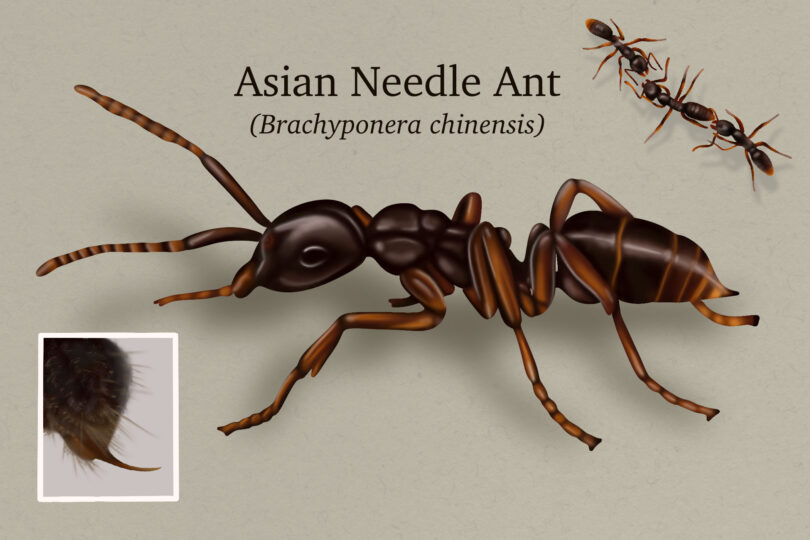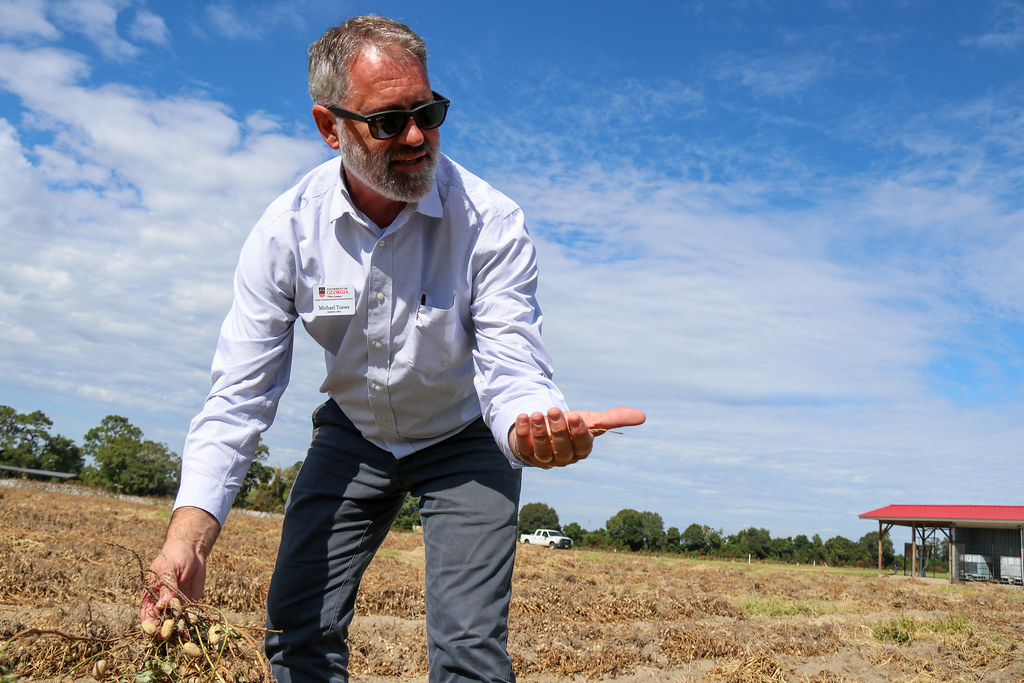What has large, red eyes, translucent wings and an undulating, 7-kilohertz chirp that sounds like the background music to a horror movie?
Georgians can find the answer over the next few weeks by traveling north into the state’s mountains to witness the emergence of the latest brood of 17-year periodical cicadas.
The harmless insects will start emerging from their underground burrows in late April, then spend several weeks making a racket, mating, laying eggs and dying. They won’t be seen again until 2034.
Entomologists have identified 12 broods, or distinct groups, of periodical cicadas. This brood, Brood VI, last emerged in 2000 across far northern Georgia, South Carolina and North Carolina. There’s no good way to know exactly what parts of the state will see the most cicadas, but based on previous emergences, several thousand could be seen coming out of the ground in the mountains.
Early reports indicate the cicadas emerging as far south as Cobb County, Georgia, already this month, so their range may have spread.
Most of the Southeast sees an annual population of “dog day” cicadas emerge in July. Periodical cicadas are noteworthy because of the long periods they spend underground between emergences.
The periodical cicadas’ novelty and their sheer numbers make them one of the most bizarre and awe-inspiring phenomena in nature.
“It’s a good excuse to get out in the woods and enjoy nature,” said Nancy Hinkle, a cicada enthusiast and professor of veterinary entomology at the University of Georgia College of Agricultural and Environmental Sciences. “It’s something your kids will remember because it only happens every 17 years. There’s a good chance that the next time it happens, they can take their children out to see them.”
Periodical cicadas emerge from under trees that are at least 17 years old. The tree had to be present 17 years ago when the female laid her eggs to start this generation. If the tree where the eggs were laid was cut down or the area is paved, the nymphs die and no cicadas will emerge
The last brood of 17-year periodical cicadas, Brood II, emerged in 2013.
Periodical cicada emergences are always a great chance for citizen science, said Rick Hoebeke, associate curator of arthropods at the Georgia Museum of Natural History at UGA.
The museum, which houses hundreds of thousands of individual insect and spider specimens, is always looking for intact periodical cicadas to add to its collection.
Documenting the location and time that the insect was found helps scientists track the movement and health of cicada populations. However, it’s hard to build a well-rounded collection of data on the species since each brood only emerges once every 13 or 17 years, he said.
Members of the public who want to contribute cicada specimens should send them to Hoebeke at the Georgia Museum of Natural History, Natural History Building, University of Georgia, Athens, GA 30602-7882. Take note of where — an address or landmark — and when the specimen was found. The best way to ship a cicada carcass is packed in tissue paper in a small, sturdy box, like a business card or animal crackers box. Whole specimens will be included in the museum’s collection of arthropods.
For more information on the museum, visit naturalhistory.uga.edu.
Cicada Primer
The first clue in finding a cicada is the sound. Male cicadas “sing” to attract mates by vibrating special organs called tymbals, thin membranes on the sides of their abdomens.
When thousands of lonely male cicadas emerge at once to try and out-sing each other, the noise can be heard from miles away.
“The females comment on the sound of the male cicadas by clicking their wings,” Hinkle said. “But it’s hard to hear.”
Cicadas only sing during the day, which makes them easy to differentiate from other musical insects, like crickets and katydids.
Depending on the population size of the newly emerged insects, their presence may be pretty obvious. Periodical cicadas have covered trees, sidewalks and the forest floor during some emergences. Other times, observers have seen only a few at a time.
Cicadas’ most recognizable feature is their bright red eyes. And while periodical cicadas are smaller than their annually occurring cousins, they’re still fairly large by insect standards — about an inch long.
When cicada nymphs emerge from the ground, they are wingless. The nymphal skin then splits down the back, allowing the pale-winged adult to emerge. Thousands of these empty shells, called "cast skins," will be found on tree trunks in emergence areas. The adult cicada darkens as its new skin hardens.
Cicadas pose no threat to humans, crops or other animals. They don’t bite, and they’re not poisonous.
In extreme cases, scientists have seen the insects damage trees when they insert their eggs into the bark of a tree’s twigs and branches. This damage is usually only seen in young trees playing hosts to hundreds of cicadas and is not typical.
“The main message here is that cicadas will not attack your garden or your plants, and they won’t hurt the trees where they lay their eggs,” Hinkle said. “Everybody is concerned that they will behave like locusts, but they’re not locusts. They don’t even have biting mouthparts. They can’t eat.”
They can, however, be eaten.
Pet dogs and cats, as well as birds and raccoons, usually gorge themselves on the insects as they start to emerge.
“Dogs and cats are intrigued by cicadas, which make entertaining pet toys,” Hinkle said. “While cats merely bat them around and watch them spin, dogs like to eat them. Cicadas are not poisonous, so dogs can enjoy them with impunity. Just don’t be surprised if the dog gorges on cicadas and then isn’t interested in supper.”
“Humans also eat cicadas,” she added. “But I can’t share my secret family recipe.”
For more information about periodical cicadas in Georgia, visit www.georgiawildlife.com/node/2659.








